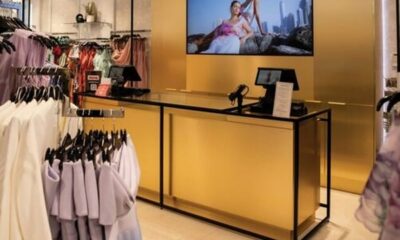Fashion
Thinness is back on catwalks — and the data proves it
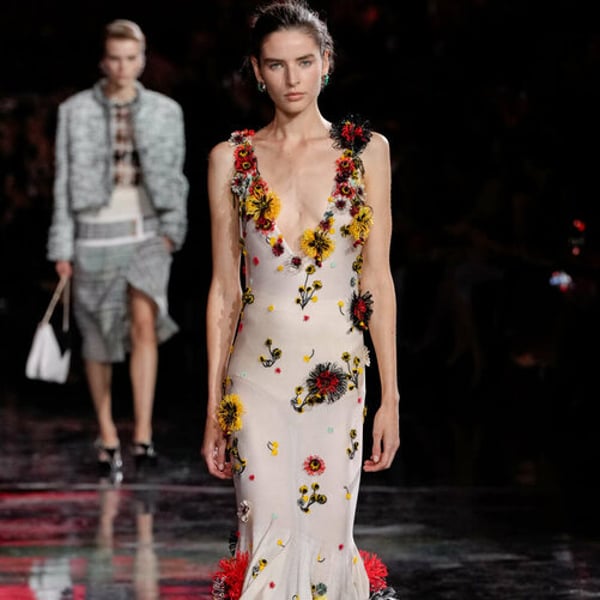
By
AFP
Published
October 16, 2025
After a short interlude of pushing “body inclusivity” and plus-sized models to the fore, the fashion industry has returned to promoting thinness as a beauty ideal.
Data published this week from Vogue Business, based on catwalk shows in the most recent Spring/Summer 2026 Fashion Weeks, corroborated what models with regular or larger body sizes have been reporting: their work is drying up.
Of the 9,038 looks analysed in New York, London, Milan and Paris, 97.1 percent featured models judged to be very small (US 0-4, UK 4-8 or 32-36 in France), according to data from Vogue Business in its size inclusivity report.
Regular-sized models represented only 2.0 percent of the body types seen, compared to just 0.9 percent for “plus-size” models (US 14+, UK 18+, France 44+), the report showed.
“There are fewer and fewer plus-size models on the runways,” Aude Perceval, a booker at Plus Agency, a pioneer in plus-size modeling in France, told AFP.
The trend was particularly pronounced in Paris, she added.
This is despite many designers adopting looks that naturally create curvy silhouettes, such as corsets.
In some cases, models have been sent out with padding around their hips to create the hourglass shape.
“Since 2022, there’s been a real regression, both in the frequency of contracts and in fees,” model Doralyse Brumain, 31, who wears a French 40-42, told AFP.
The “body positive” movement, born in the 2010s, was based on the idea of promoting acceptance of different body types and recognising the damage done by creating a beauty ideal of thinness that was both unhealthy and beyond the reach of most women.
In the same way that fur and flashy fashion is making a comeback, so is the aesthetic of extreme thinness that was called “heroin chic” in the 1990s when popularised by supermodels such as Kate Moss.
“There’s this false idea that being thin means being chic, being rich,” said French model casting director Esther Boiteux to AFP.
The wide availability of weight-loss drugs such as Ozempic — used to suppress appetite — has also been linked to the return of thinness.
The diabetes treatment “has something to do with it because we’re seeing a lot of celebrities who are using it”, British Vogue editor Chioma Nnadi said last November.
“I think there’s this shift in the culture around how we think about our bodies and how we address our bodies,” she told the BBC.
Clothes for fashion shows are also typically designed and manufactured in a single size — that of “standard” thin models — and making clothes for regular or larger models requires forethought and extra time to adapt them.
Ekaterina Ozhiganova, a Russian-born model and founder of the Model Law association, which advocates for model rights, says that consumers are in favour of seeing models in different sizes.
“But for it to become truly sustainable, there would need to be a profound change in production,” she told AFP, adding that the industry continued to sell “an unattainable ideal”.
French designer Jeanne Friot believes fashion runways should instead be a place where everyone can envision themselves.
“The point of a fashion show is to showcase something different from the fashion I grew up with, very thin and very standardized. I want to see (larger) sizes… older people, all ethnicities, all genders,” she told AFP.
For the moment, sighting a regular-sized woman on the catwalk is an increasingly rare occurrence, but the change is not going unnoticed.
“We have to speak out when fashion messes up and establishes a standard it should abandon,” French fashion journalist Sophie Fontanel wrote on Instagram in early October as she watched the Givenchy show during Paris Fashion Week.
mdv/adp/rhBy Marine DO-VALE
Copyright © 2025 AFP. All rights reserved. All information displayed in this section (dispatches, photographs, logos) are protected by intellectual property rights owned by Agence France-Presse. As a consequence you may not copy, reproduce, modify, transmit, publish, display or in any way commercially exploit any of the contents of this section without the prior written consent of Agence France-Presses.
Fashion
Egypt seeks to attract Turkish investments in textile, RMG sectors
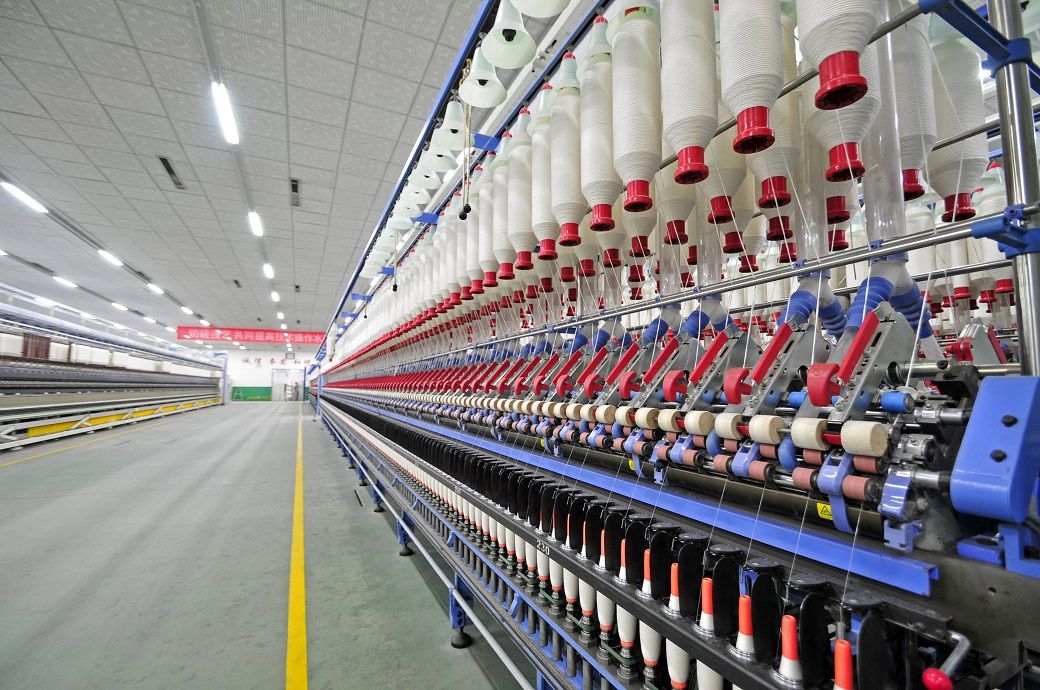
The initiative aims at strengthening Egypt’s industrial ecosystem and localise key auxiliary manufacturing to boost export capacity and competitiveness.
Egypt’s consul general in Istanbul Ali Basha and deputy consul for commercial affairs Hoda Dorra recently met chairperson and board members of the Turkish Association of Clothing Accessories Manufacturers as well as representatives of several member companies.
The Egyptian Commercial Service has intensified its investment promotion activities targeting Turkiye’s textile and RMG sectors and supporting industries.
An Egyptian delegation’s recent meeting with the Turkish Association of Clothing Accessories Manufacturers concluded with a pact to organise an official visit to Egypt by an association delegation during the final quarter of this year.
The Egyptian delegation reviewed the range of incentives, including tax exemptions, streamlined licensing procedures and preferential access to industrial zones and export markets, available in Turkiye to foreign investors.
The meeting concluded with an agreement to organise an official visit to Egypt by a delegation from the Turkish association and its member companies during the final quarter of this year, Egypt State Information Service reported on Facebook.
The visit will allow participants to explore on-ground investment opportunities and assess the feasibility of establishing new clothing accessories and supplies factories in Egypt, serving both the domestic market and export destinations in Africa, the Middle East, and Europe.
Fibre2Fashion News Desk (DS)
Fashion
US’ Levi Strauss posts 7% YoY Q3 revenue growth, raises FY25 outlook
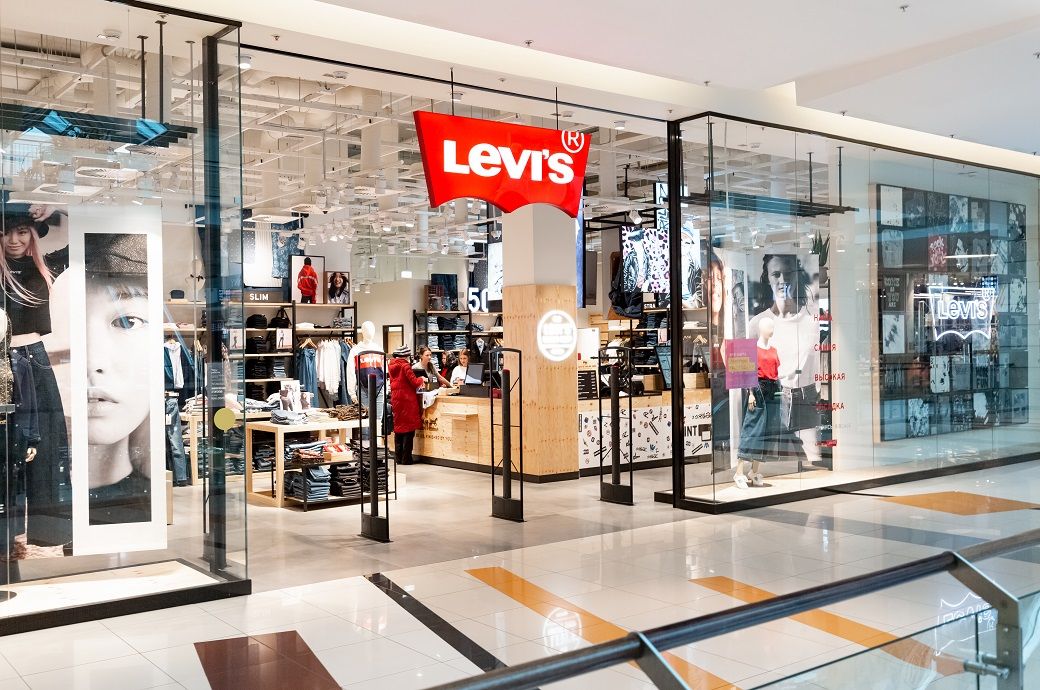
The regional growth was led by Asia (up 12 per cent), followed by the Americas (up 6 per cent) and Europe (up 5 per cent). Meanwhile, Beyond Yoga reported net revenues of $33 million, up 2.5 per cent.
Levi Strauss & Co has reported net revenues of $1.5 billion in Q3 FY25, up 7 per cent YoY, led by strong growth in Asia (12 per cent), the Americas (6 per cent), and Europe (5 per cent).
Net income rose to $122 million, with DTC sales up 11 per cent.
The company raised its FY25 outlook, projecting 3 per cent revenue growth and higher EPS of $1.27–1.32.
The direct-to-consumer (DTC) net revenues increased 11 per cent on a reported basis and 9 per cent on an organic basis. DTC growth on an organic basis reflected a 7 per cent increase in the US, a 4 per cent increase in Europe and a 14 per cent increase in Asia. Net revenues from e-commerce grew 18 per cent on a reported basis and 16 per cent on an organic basis. DTC comprised 46 per cent of total net revenues in Q3. Wholesale net revenues increased 3 per cent on a reported basis and 5 per cent on an organic basis.
The operating margin rose to 10.8 per cent from 2.3 per cent a year earlier, while gross margin improved 110 basis points (bps) to 61.7 per cent. The net income from continuing operations surged to $122 million from $23 million, while adjusted net income stood at $136 million. Diluted earnings per share (EPS) from continuing operations rose to $0.31 from $0.06.
“We delivered another very strong quarter as our pivot to becoming a DTC-first, head-to-toe denim lifestyle retailer is driving a meaningful inflection in our financial performance,” said Michelle Gass, president and CEO at Levi Strauss. “With strength across channels, segments and categories, we are raising our full-year outlook and are well-positioned for the holiday season.”
“Our Q3 results demonstrate the power of our strategic transformation, with strong financial performance exceeding expectations across all key metrics including sales, gross margin, adjusted EBIT margin and adjusted diluted EPS,” said Harmit Singh, chief financial and growth officer of Levi Strauss & Co. “With four consecutive quarters of high-single-digit growth and record gross margins driven by our focus on profitability across the organisation, we are raising our full-year revenue and adjusted diluted EPS expectations. We have built strong momentum that positions us well to continue delivering strong shareholder value in the years to come.”
For the full fiscal 2025, Levi Strauss & Co has raised its net revenue outlook, now expecting growth of 3 per cent—up from the earlier forecast of 1 to 2 per cent. The company also anticipates organic net revenue growth of about 6 per cent, compared to the prior projection of 4.5 to 5.5 per cent. The gross margin expansion has been revised upward to 100 bps from 80 bps, with the adjusted EBIT margin maintained between 11.4 and 11.6 per cent. The effective tax rate remains at approximately 23 per cent, and adjusted diluted earnings per share have been raised to a range of $1.27 to $1.32, up from the earlier $1.25 to $1.3.
Fibre2Fashion News Desk (SG)
Fashion
LEI for UK declines by 0.3% in August 2025: Conference Board

However, the Conference Board Coincident Economic Index (CEI) for the United Kingdom increased by 0.2 per cent in August 2025 to 108.3 (2016=100), after also no change in July. Overall, the CEI for the UK grew by 0.8 per cent over the six-month period from February to August 2025, on par with the 0.8 per cent increase observed over the previous six-month period between August 2024 and February 2025, The Conference Board said in a press release.
“The UK LEI remained on a downward trend and continued to decline in August,” said Timothy Brennan, economic research associate at The Conference Board. “As in previous months, the weakness came primarily from soft consumer sentiment, lower housing sale expectations, and a rise in unemployment claimants, which more than offset gains from financial components, operating surplus, and productivity. The 6-month growth rate of the UK LEI stayed above the recession threshold, and the warning signal was not triggered either. Still, the LEI reading indicates that economic growth in the United Kingdom will be sluggish through the remainder of 2025 and into 2026. The Bank of England cut the bank rate for the third time this year in August 2025, a move that could help ease economic headwinds. The Conference Board expects UK GDP to grow by 1.3 per cent in 2025 and in 2026.”
The UK Leading Economic Index fell 0.3 per cent in August 2025, signalling continued weakness due to poor consumer sentiment and rising unemployment claims.
Despite this, the Coincident Index rose 0.2 per cent, reflecting modest current growth.
The LEI’s six-month decline suggests sluggish economic prospects through 2026, though not recessionary.
Fibre2Fashion News Desk (RR)
-

 Business1 week ago
Business1 week agoTata Capital IPO: Rs 15,512 crore IPO fully subscribed; stock market debut on Oct 13 – The Times of India
-

 Tech1 week ago
Tech1 week agoApple Took Down ICE-Tracking Apps. Their Developers Aren’t Giving Up
-

 Tech1 week ago
Tech1 week agoAnthropic to open India office as AI demand grows
-

 Tech7 days ago
Tech7 days agoMen Are Betting on WNBA Players’ Menstrual Cycles
-

 Tech7 days ago
Tech7 days agoSize doesn’t matter: Just a small number of malicious files can corrupt LLMs of any size
-
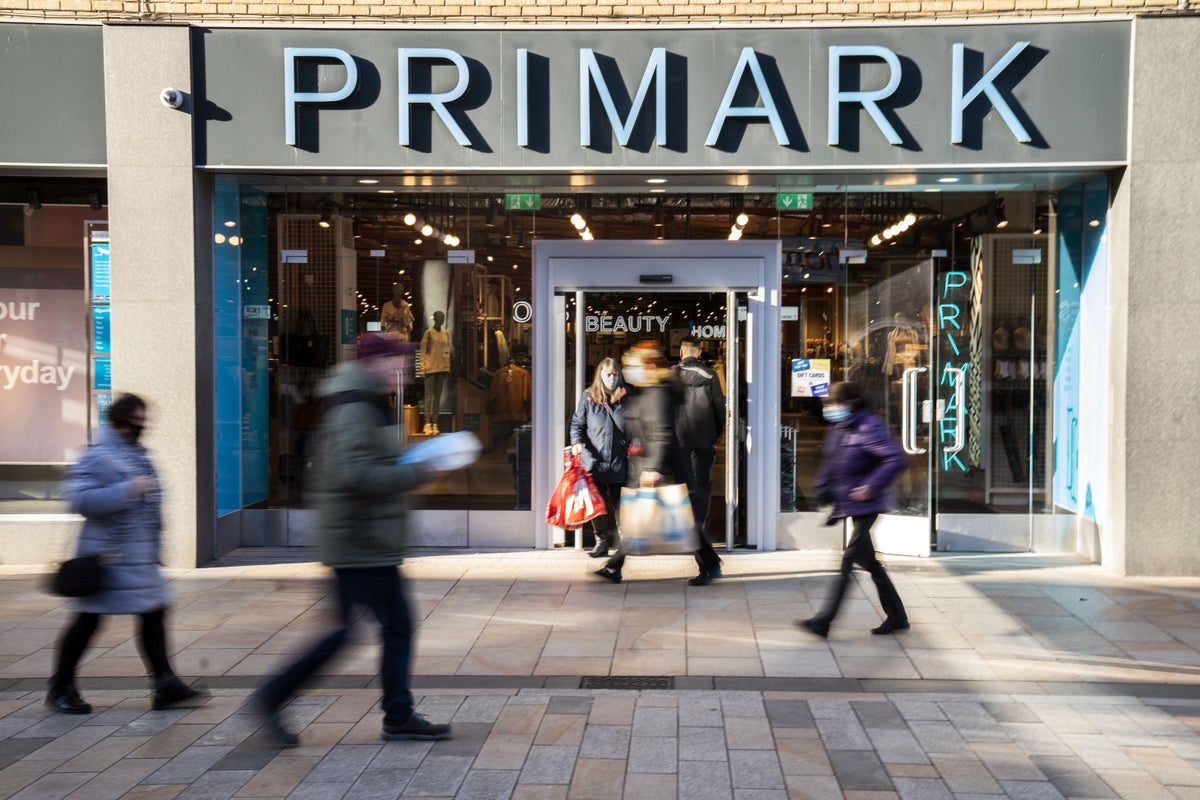
 Business1 week ago
Business1 week agoConsumer caution ahead of Budget drives drop in footfall – BRC
-

 Business1 week ago
Business1 week ago‘Need very badly’: Donald Trump announces Arctic cutters deal with Finland; US to buy 11 Icebreakers – The Times of India
-

 Business1 week ago
Business1 week agoTrump’s tariffs have failed US? Govt revenues go up while consumers struggle; here’s what former IMF deputy MD says – The Times of India






